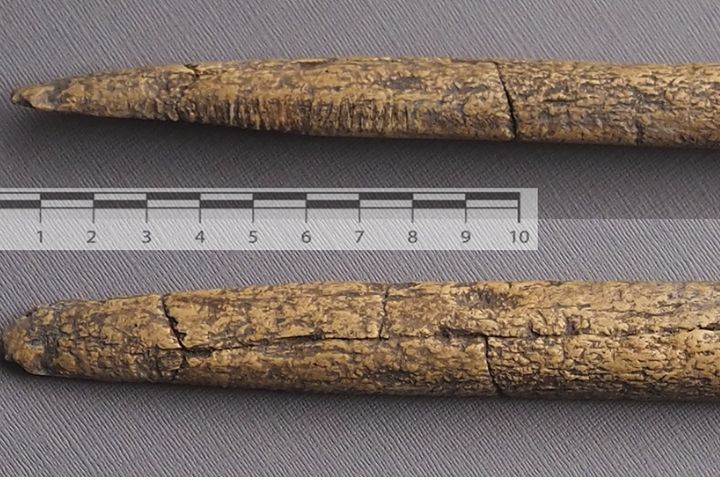
They made some of the sharpest stone tools in early history, then seemed to vanish without warning. The Clovis people lived approximately 13,000 years ago and spread across North America with incredible speed. What could erase such a widespread culture so completely? This article lays out the most compelling theories behind their sudden and silent exit.
Severe Drought Conditions
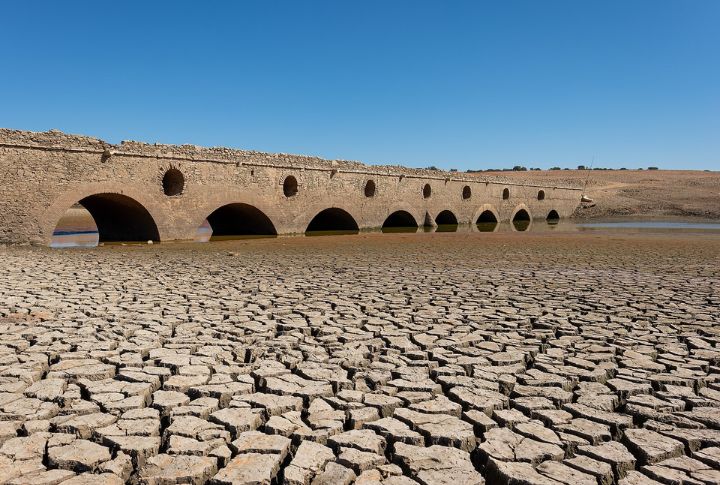
In some regions, the rain stopped falling for years. Water sources dwindled while plants struggled to thrive and animals moved away. If the Clovis people stayed in these changing areas, survival would have become increasingly difficult. What was once home may have slowly turned into a place they couldn’t endure.
Demographic Decline

There’s little evidence of widespread violence or catastrophe at Clovis sites, but a slow demographic decline remains possible. Environmental pressures, food scarcity, or shifting fertility rates may have reduced their numbers over generations—causing the culture to fade without a clear, dramatic endpoint.
Megafauna Extinction

Large Ice Age mammals such as mammoths and mastodons began disappearing between 13,000 and 11,000 years ago. They formed the backbone of Clovis diets. You remove the prey base, and the food web collapses. That ecological domino effect could explain the culture’s sudden exit from the prehistoric record.
Cultural Absorption Or Replacement
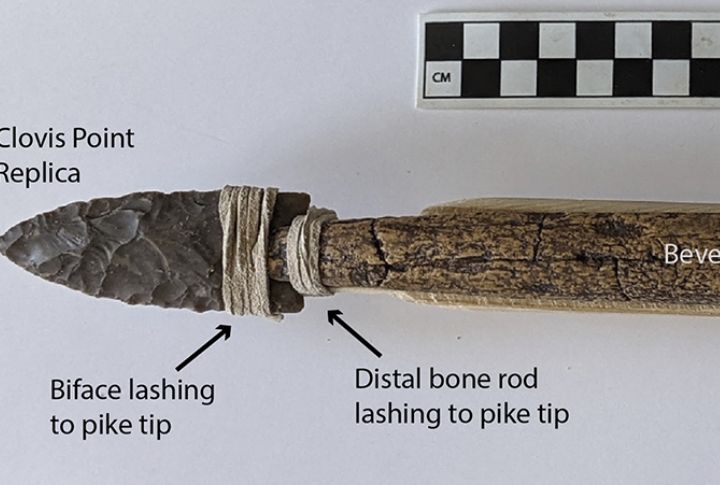
Not all disappearances mean extinction. Excavations suggest that earlier traditions may have blended with or been overtaken by newer cultures like the Folsom. Tool styles changed, and settlements shifted. Instead of vanishing completely, Clovis may have slowly dissolved into the rising tide of other peoples.
Sudden Climate Shift

Picture yourself hunting in a fertile valley—then winter slams back unexpectedly. Around 12,900 years ago, the Younger Dryas event sent temperatures crashing. The food was gone, and survival became questionable. It’s no wonder Clovis bands scattered. That icy surprise may have been the ultimate deal-breaker for their lifestyle.
Rising Sea Levels

As glaciers melted, coastlines drowned. If many Clovis lived near ancient shores, their homes now lie underwater. This theory doesn’t just explain their disappearance. It also highlights how much of the story may still be hidden beneath the sea, preserved in places archaeologists have yet to reach.
Mass Migration
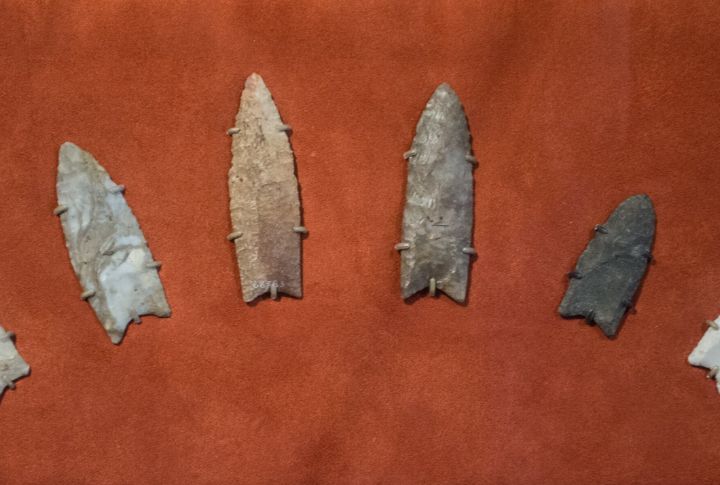
The Clovis might not have vanished, but they may have moved. Harsh weather or competition could have pushed them into unfamiliar territory. While leaving their traditional grounds, they likely left behind their distinct tools and practices to blend into new regions. Sometimes, history forgets the ones who simply walked away.
Comet Impact Theory

One theory suggests a comet exploded above the continent, triggering massive wildfires and freezing temperatures. Though debated, traces of rare metals like platinum layers and nanodiamonds in ancient soil keep the theory alive and sparky. This remains a possibility many scientists still consider.
Volcanic Disruption

Volcanoes alter environments. Some geologists point to ash deposits in the soil that match major eruptions from thousands of years ago. If volcanic fallout poisoned water or scattered wildlife, it might have forced entire groups to abandon their land or face deadly shortages.
Broken Migration Cycles
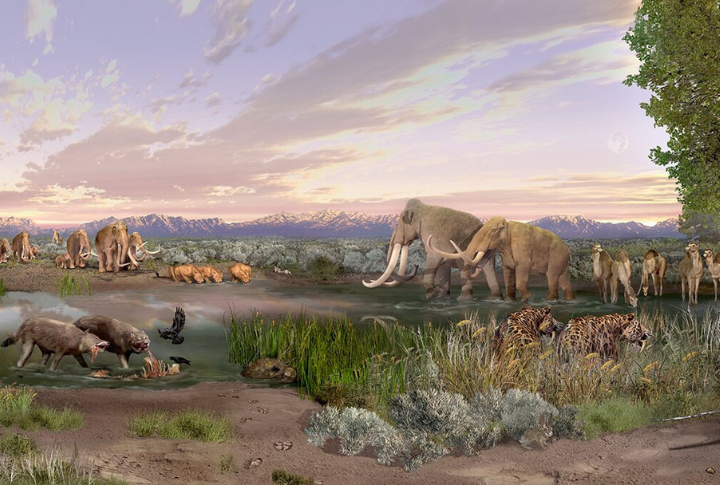
Seasonal movement kept the Clovis people alive. They tracked animals and gathered food with the rhythms of the land. But climate changes likely threw those patterns off. When familiar trails stopped delivering what was needed, they may have found themselves stuck in harsh and unforgiving terrain.

